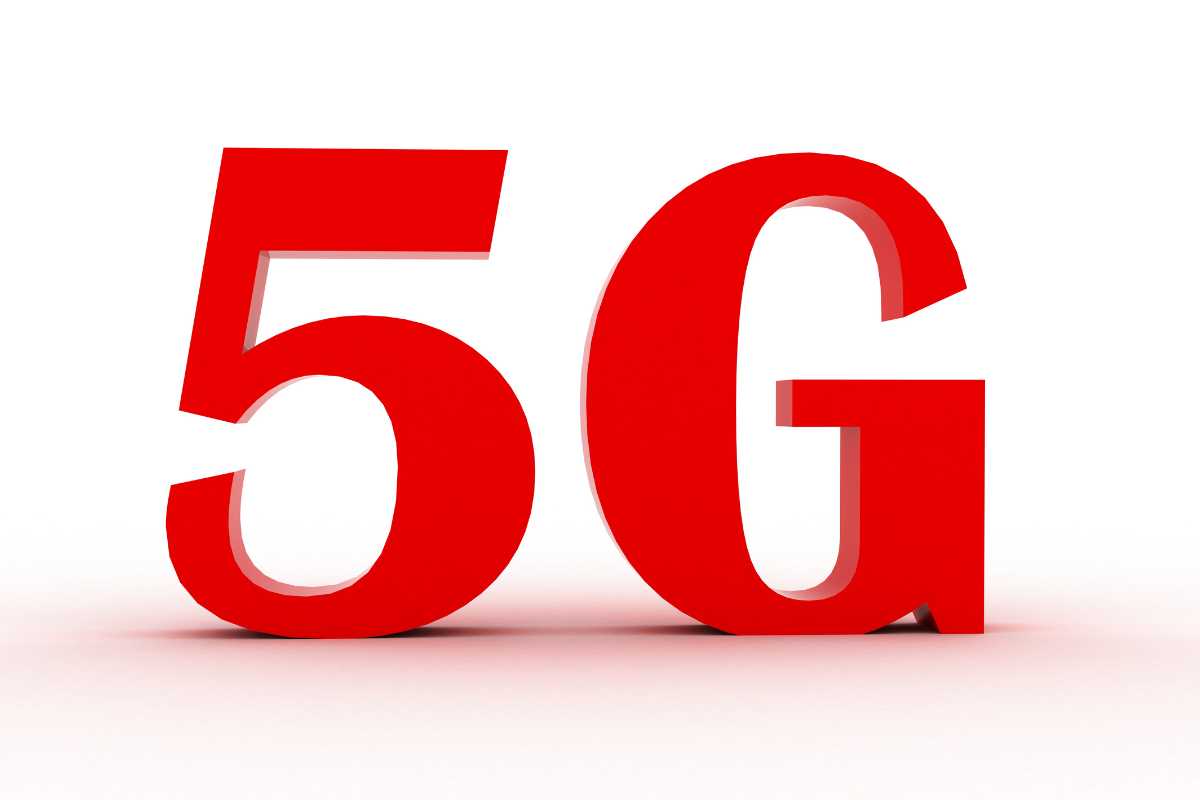A proposal to sell 72,097.85 MHz of 5G spectrum was approved by the Union Cabinet last month. Govt got offers totalling Rs 1.5 lakh crore from prominent individuals including Mukesh Ambani and Gautam Adani; Bharti Airtel and Vodafone Idea are also competing for the bid. In anticipation of an increase in data usage in the upcoming years, telecom operators are showing interest in 5G airwaves to increase their own revenues. The government put 72 gigahertz of airwaves with multiple frequency bands ranging from 600 megahertz to 26 gigahertz over a 20-year period in this auction. “By the end of the year, inhabitants of various Indian cities will be able to use 5G,” according to Telecom Minister Ashwini Vaishnaw.
Exactly What is 5G Technology?
After the 1G, 2G, 3G, and 4G networks, the 5G or fifth generation mobile network is a new international wireless standard. Virtually everyone and everything, including machines, objects, and gadgets, are intended to be connected by it. The high-band spectrum of 5G is tested to have internet speed of up to 20 Gbps (gigabits per second). However, the greatest internet data speed for 4G has been measured at 1 Gbps. Low-, mid-, and high-frequency bands make up 5G’s operating spectrum. The maximum internet and data exchange speed in the low band spectrum is 100 Mbps (Megabits per second). Although the mid-band spectrum operates at a speed that is somewhat faster than that of the low band, it has restrictions on signal penetration and coverage. The highest speed of all three is available in the high band spectrum, but with very little signal penetration and coverage. It supports cutting-edge 5G applications, including the Internet of Things (IoT) and smart technology effectively. Better infrastructure, though, is required for its application.
The Distinction Between 4G and 5G
Airtel was the first company to introduce 4G services in India utilising TD-LTE technology. The 3G network was replaced by the 4th-generation (4G) wireless network. With each new technology generation, network capacity and bandwidth speeds increase. As an illustration, the maximum speed of 3G was 14 Mbps while the maximum speed of 4G is 100 Mbps. HD video and music can be streamed by users at 4G download speeds. Additionally, it made wireless broadband possible, enabling internet connections without the need for a fixed, wired connection from an Internet Service Provider (ISP).
Compared to 4G, 5G is 100 times faster
5G is up to 100 times faster than 4G. All devices are able to get faster data rates because to 5G’s increased capacity. Increasing network capacity is important because data traffic is still increasing by roughly 60% annually. Because different devices would need connections with different degrees of performance, the 5G network could connect smartphones and other sorts of gadgets as well. A 5G network also has the ability to perform intense processing jobs like gaming or AR filters. Additionally, it will support the creation of brand-new battery-powered gadgets like small drones and lightweight AR glasses.
India’s 5G future
According to a survey by Ericsson, 4G subscriptions currently dominate the market and are driving connection growth in India, but 5G subscriptions are anticipated to expand quickly and reach 50 million in the region by the end of 2023. By the end of 2027, there will be over 500 million 5G subscriptions in the region or about 39% of all mobile subscriptions. 4G subscriptions are expected to fall annually to an anticipated 700 million subscriptions in 2027 as users transition to 5G.
